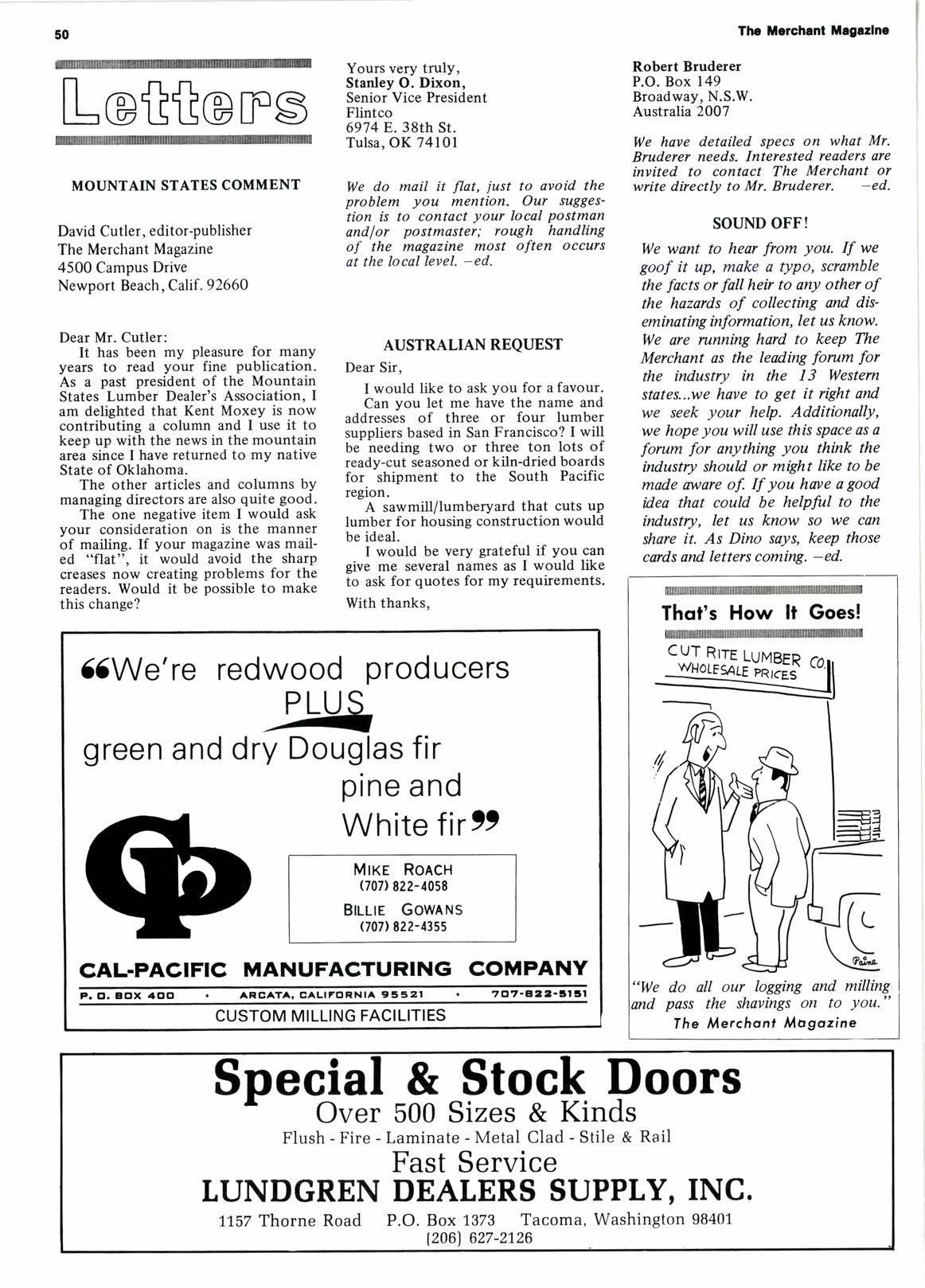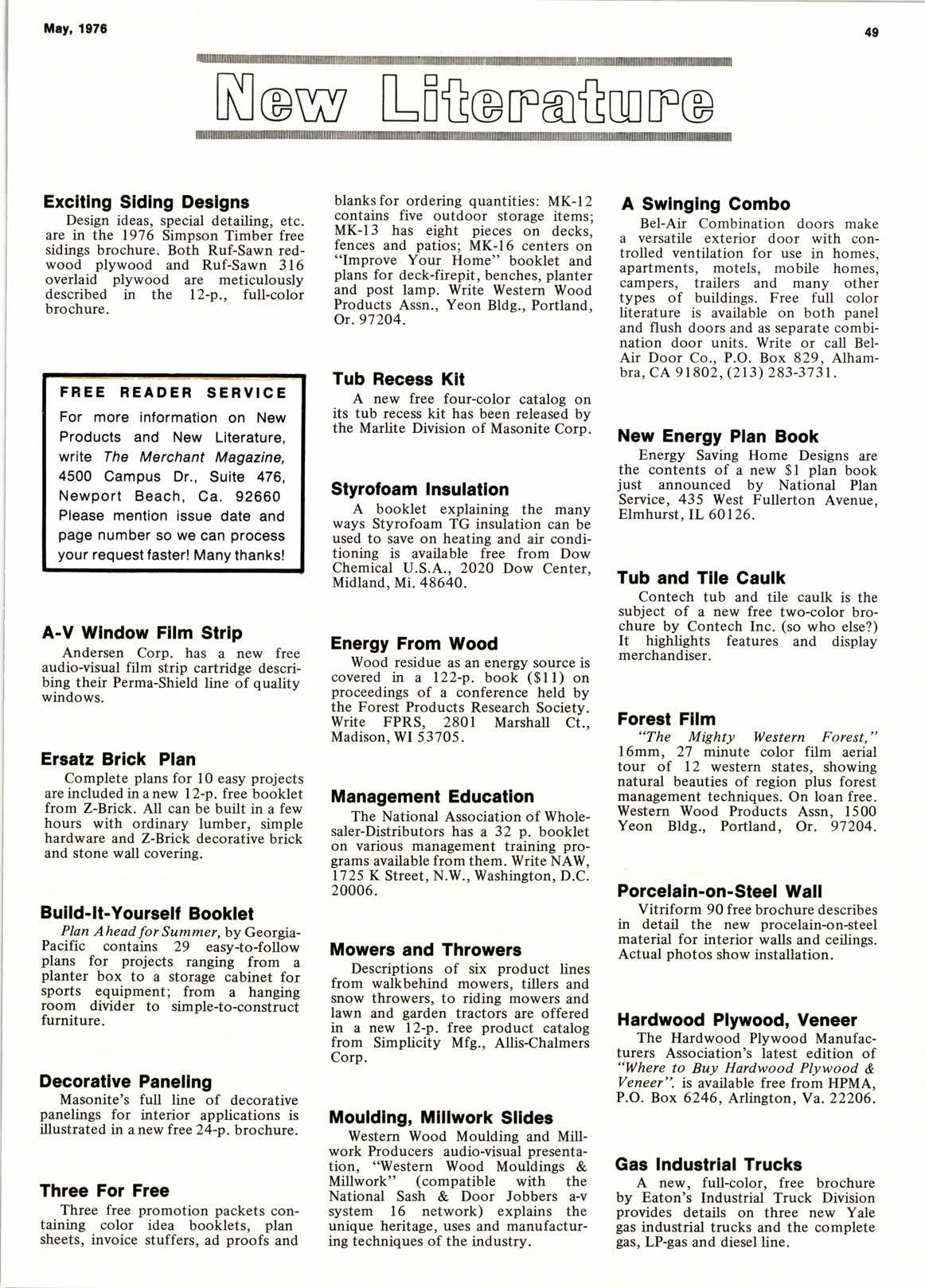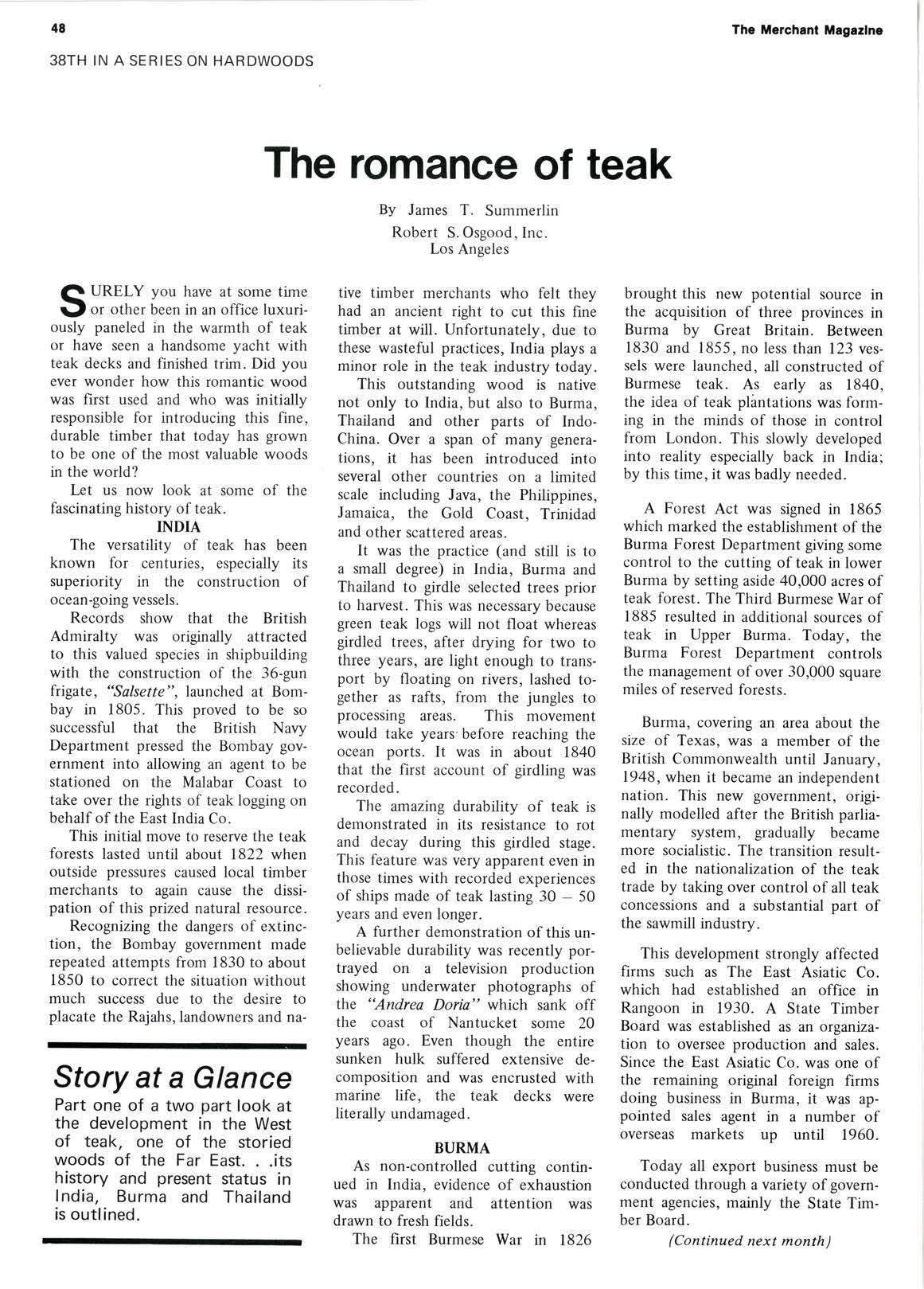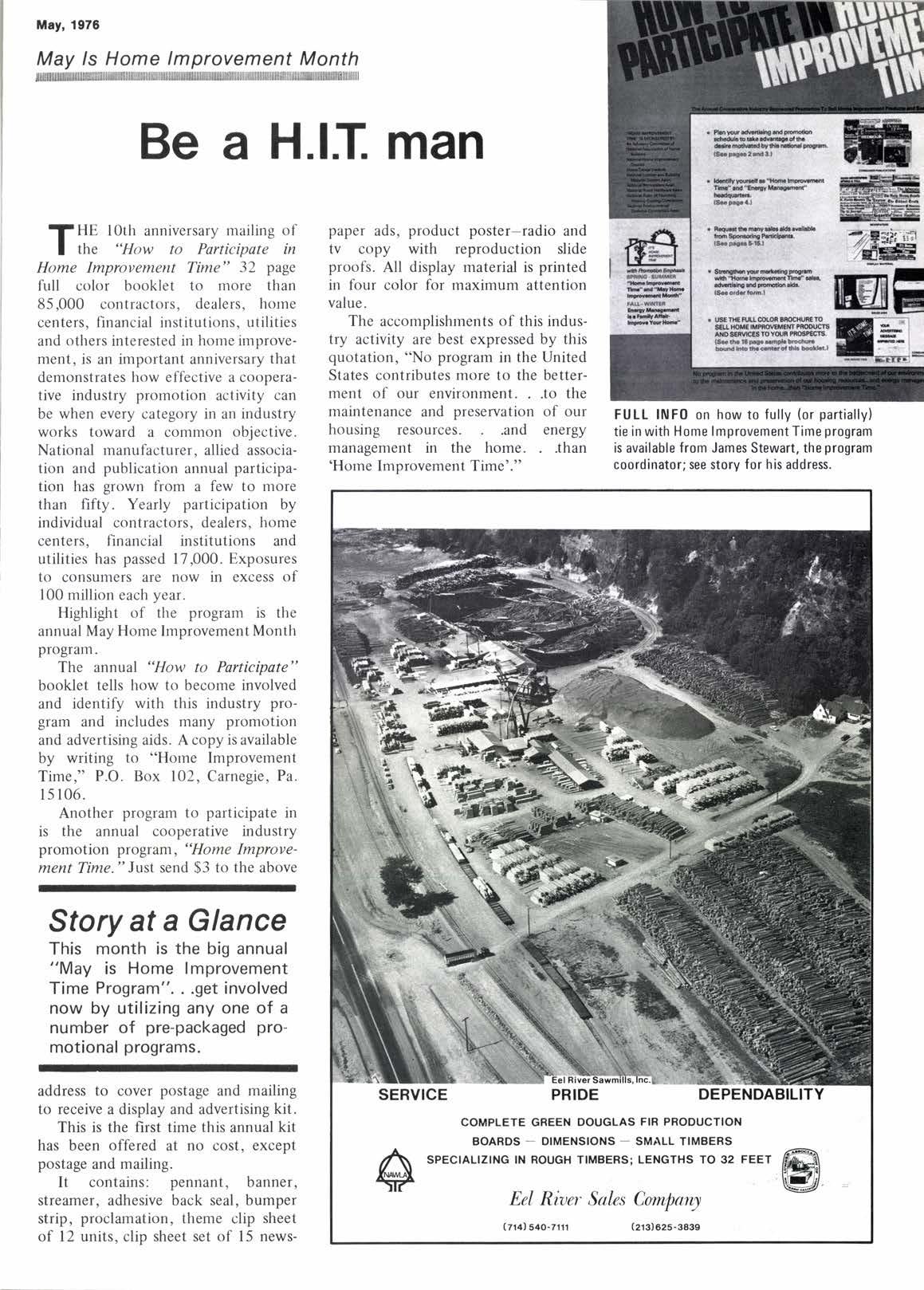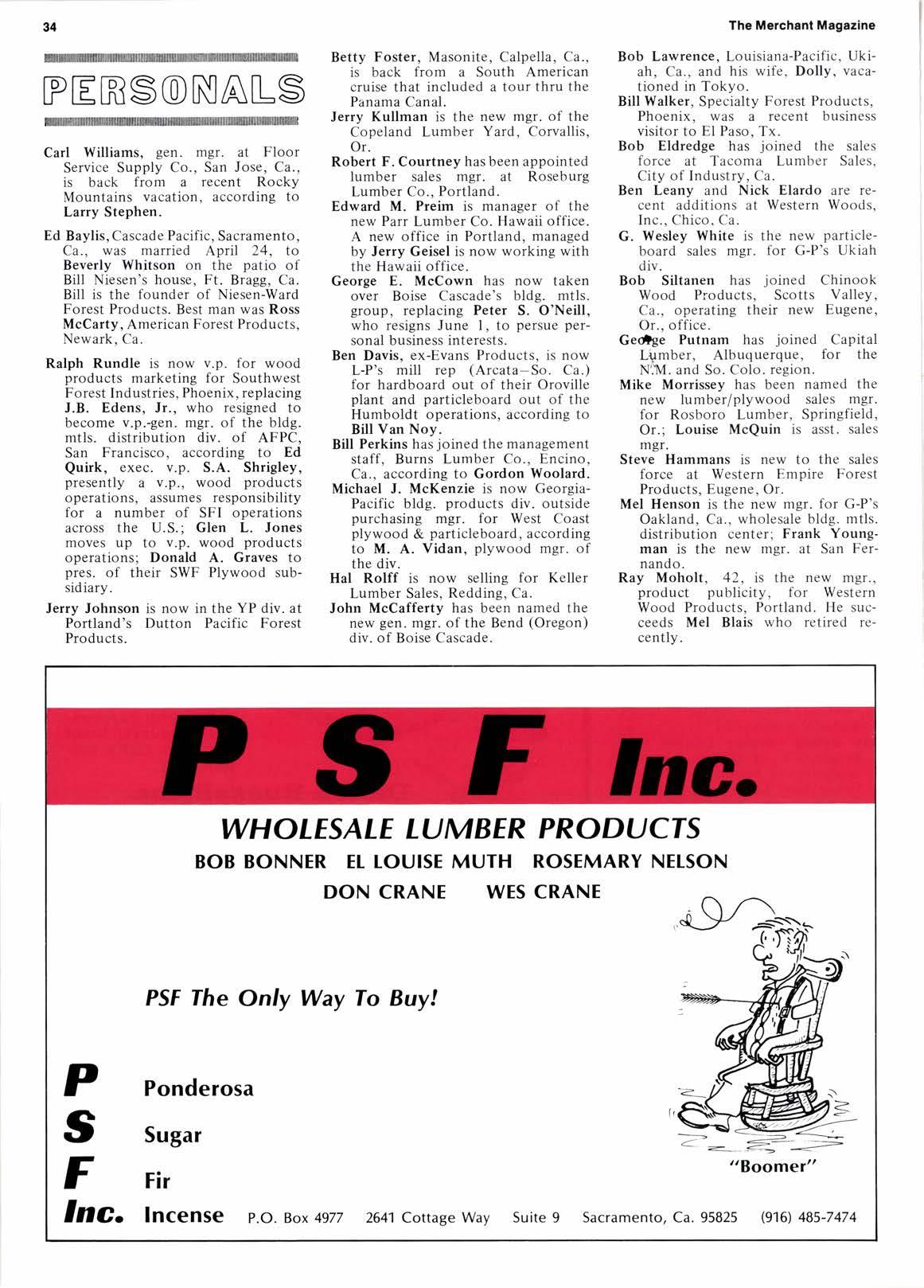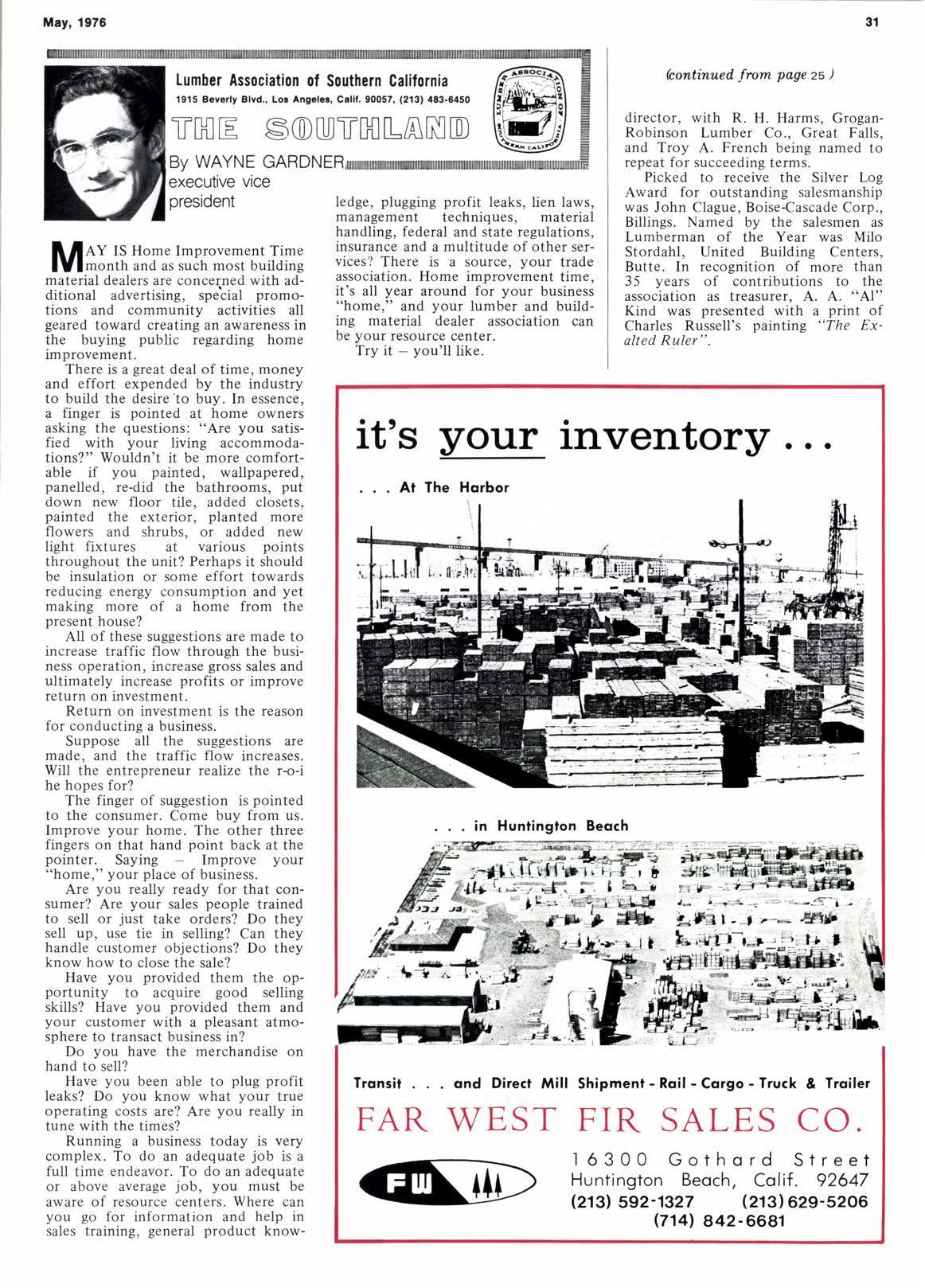
1 minute read
word on energy conservation
lates to the homeowner and, further recognizing the present inefficiency being built into a majority of new housing units, it is our intent to:
(l) Encourage all interested builders to design and to build "Maximum Energy Saving Houses".
(2) To organize an all-out promotional effort to inform the buying public of the advantages and the availability of "Maximum Energy Saving Houses".
MESH requirements are:
EXTERIOR WALLS:
Exterior walls shall be 2 x 6 -24" o.c. single plate construction with a minimum of normal stud interruption, i.e., superfluous members at corners, partitions, window openings, etc.
They shall contain 6" R-19 batt insulation and be externally sheathed wilh ll2" asphalt impregnated board. A minimum total R Factor of 20 must be accomplished. The plate must be properly caulked at the floor line.
CEILINGS:
Ceilings shall have a minimum R Factor of 30. Recommended installation is R-30 batts with special truss construction allowing same to extend to the exterior sheathing. A foil type vapor barrier on the underside of the insulated area is required.
WINDOWS:
Total glass area may not exceed ll7o of the livable floor area and all windows and patio doors must be double glazed. West glass exposures must be screened to avoid atleast 5Wo of their normal exposure to direct sunlight.
SAVlttlGS P0SSIBIE are shown in this seminar paper. Type.C (illustratedl is the maximum insulated exterior 2x6 stud wall; Type A referred to is the standard exterior block wall, Type B the standard exterior 2x4 stud wall. Comparisons between the types demonstrate the importance of in- sulation: Type A calculates at 6,000 BTUH, Type B 5,000 BTUH. while Type C is only 1,610 BTUH, a 73% improvement from A and 68% better than B. R-Value is a measure of the resistance of a material or a building component to the passage of heat.
HEATING & COOLING:
The acceptable method of heating and cooling should be with a properly sized heat pump, and all duct work possible should be within the insulated areas of the house. Any duct work exposed to outside conditions must be properly insulated.
As one of the first such programs in the U.S., the Arizona association's strong move into the relatively new field of energy conservation through improved construction techniques is providing valuable in-service experience in this nationally important area.
The seminars, one held in Phoenix, and another in Tucson, were outgrowths of the ALBSA's wood promotion committee, whose members ate: Carl Bastian, chairman, Dean Drake, Don Hossack, George Rothfuss, John King, Sam Hauert, Larry Hamman, Charles Ray, Jay O'Malley and Frank Davis, exec. v.p. of the association.


